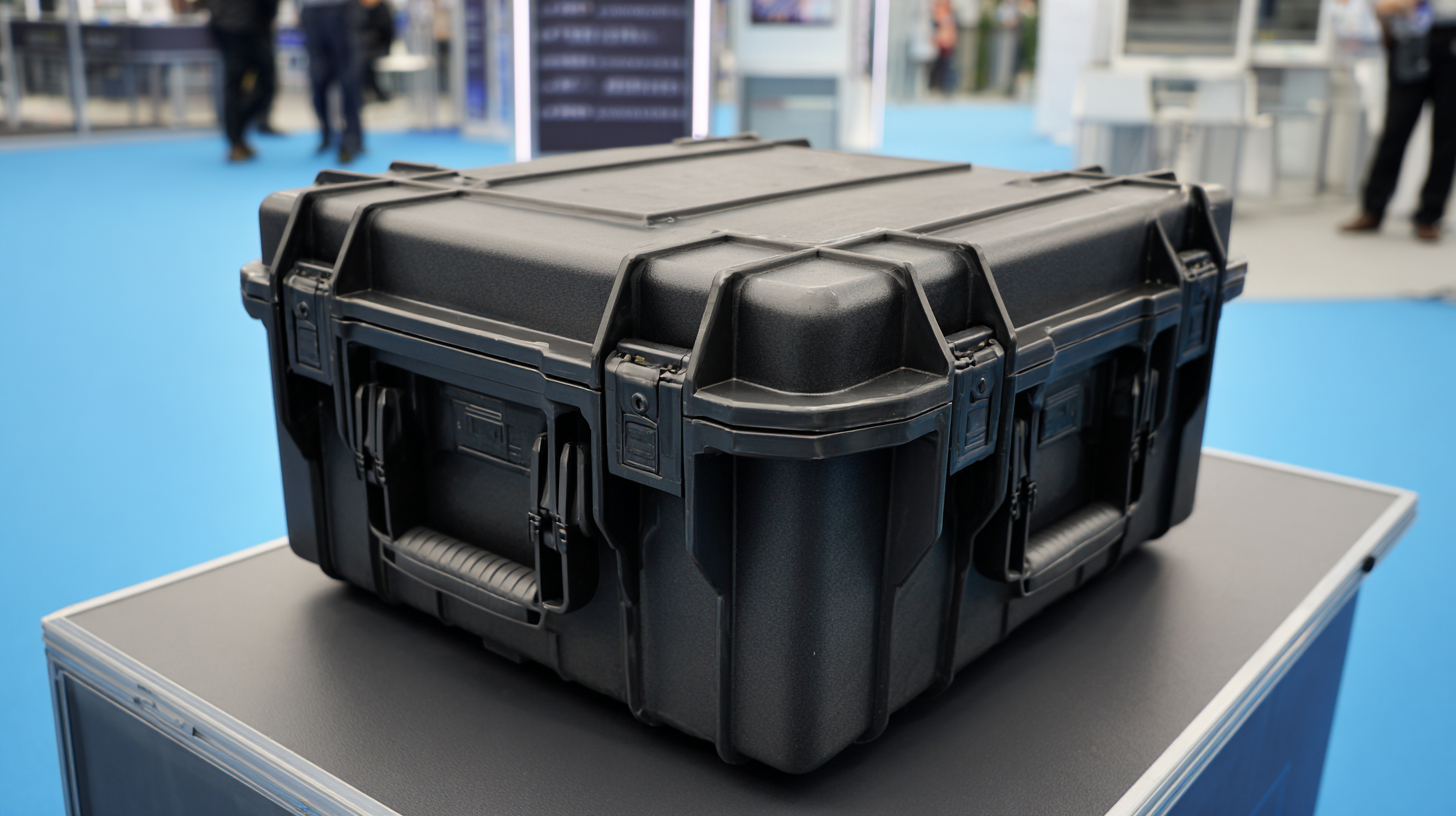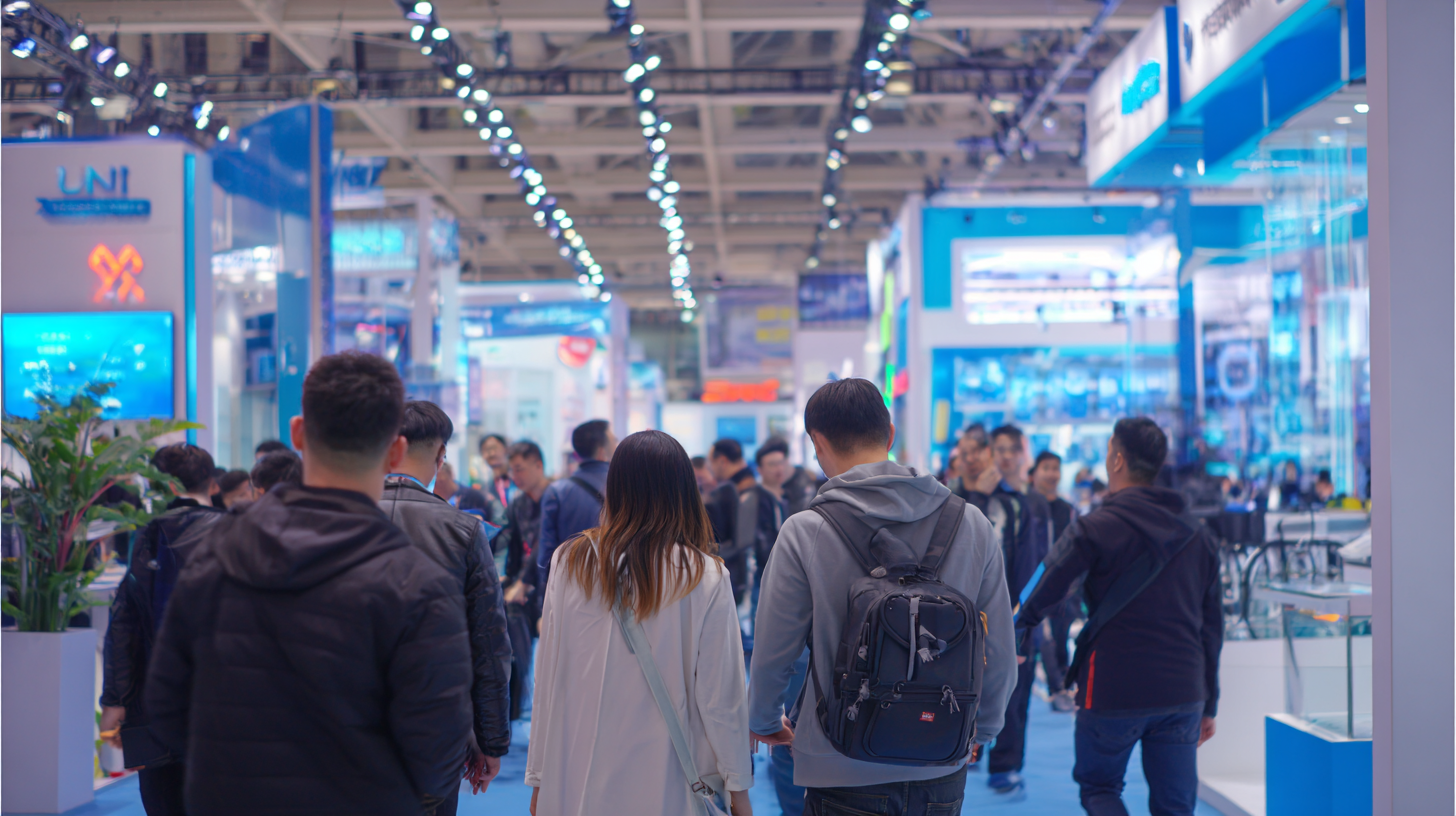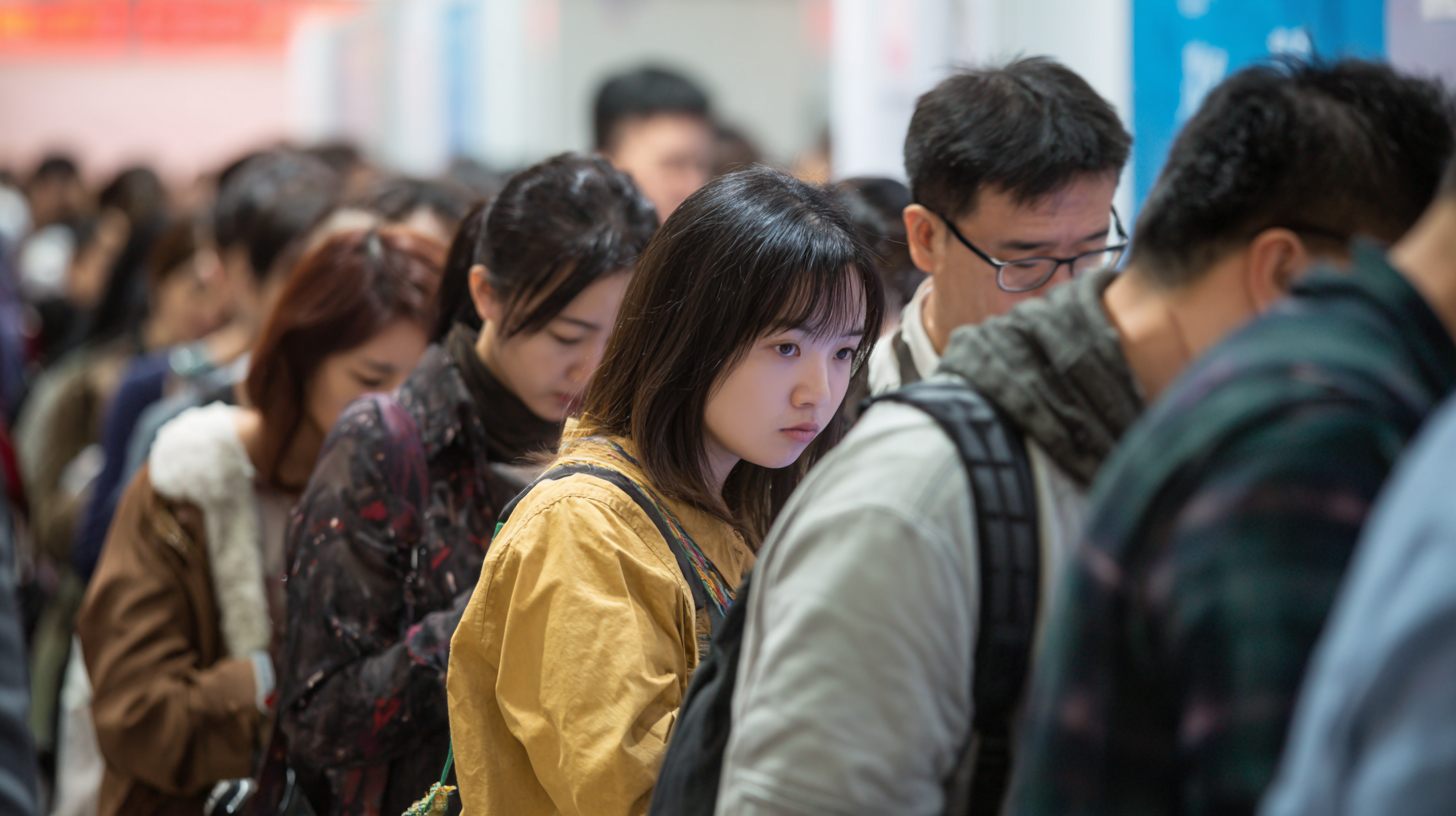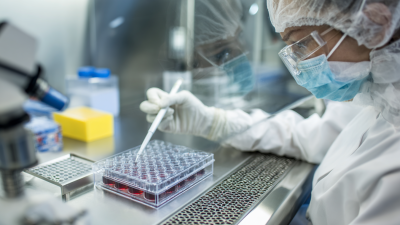 +86 178 5514 5298
+86 178 5514 5298
Leave Your Message
-
 CONTACT NUMBER
CONTACT NUMBER -
 CONTACT NUMBER
CONTACT NUMBER -
 CONTACT NUMBER
CONTACT NUMBER



As the global demand for safe and secure transport of biological substances continues to rise, the relevance of innovations like the UN 3373 pouch becomes increasingly significant. According to recent market reports, the global biopharmaceutical industry, projected to reach $2.4 trillion by 2025, necessitates advanced packaging solutions that ensure the integrity and compliance of medical materials during transit. The UN 3373 pouch, designed to meet stringent regulatory standards for the transport of diagnostic specimens and other biological materials, is at the forefront of this evolution.

At the 2025 China Import and Export Fair, industry leaders will showcase cutting-edge developments in UN 3373 pouch technology, highlighting how these innovations address both safety concerns and environmental sustainability. This event presents a crucial platform for stakeholders to explore these advancements and their implications for the future of biological transportation in a rapidly expanding global market.
The swiftly evolving landscape of global trade regulations significantly impacts the innovations surrounding UN 3373 pouches, particularly as we approach prominent exhibitions like the 2025 China Import and Export Fair. With a projected market size of 620.5 billion stand-up and flat pouches to be utilized worldwide in 2024, the demand for advanced, eco-friendly packaging solutions is becoming ever more critical. This trend towards sustainable packaging aligns with the growing consumer desire for products that not only meet regulatory expectations but also promote environmental consciousness.
Recent discussions in the industry highlight the need for a harmonized approach to regulations across regions, as emphasized by the evolving strategies of companies in response to the varying requirements set forth by regulatory bodies. The move towards smart and recyclable packaging solutions is not just a response to legal pressures but also reflects broader consumer habits shifting towards sustainability. For instance, the integration of recycled content into packaging is estimated to align with the EU's ambitious 2030 targets, indicating a clear pathway for UN 3373 innovations. As these trends emerge, companies are urged to remain agile, balancing compliance with creativity to achieve success in a competitive marketplace.
The intersection of technology and packaging is becoming increasingly significant, particularly in the context of biological specimens. At the 2025 China Import and Export Fair, the focus will shift to UN 3373 pouch innovations, showcasing emerging technologies that enhance the safety and efficacy of transporting biological materials. These advancements not only comply with stringent regulatory standards but also improve the user experience by offering better durability, flexibility, and protection against contamination.
Trade shows serve as vital platforms for industry professionals to explore these cutting-edge innovations. Attendees at the fair can expect to witness a variety of sustainable packaging solutions designed specifically for the food and medical sectors. Such events foster an environment for networking and collaboration, leading to new partnerships that can drive progress in packaging technologies. The exploration of these advancements at the fair highlights the industry's commitment to enhancing both safety and sustainability in the transportation of biological specimens.

The UN 3373 pouch, designed for the safe transport of biological samples, has become a critical component in global trade. At the forefront of this innovation is the 2025 China Import and Export Fair, where compliance rates among global exporters will be a primary topic of discussion. A comparison of these compliance rates reveals significant discrepancies across various regions, driven by differing regulatory standards and awareness levels regarding biosafety practices.
In Europe and North America, adherence to UN 3373 regulations is generally high, attributed to stringent governmental oversight and established protocols in the transportation industry. Conversely, many exporters in emerging markets may face challenges in meeting these compliance metrics, often due to a lack of resources or training. This disparity not only impacts the safety and integrity of biological shipments but also highlights the urgent need for enhanced education and support for exporters seeking to align with the UN 3373 guidelines. The fair will serve as a pivotal platform to address these challenges and explore innovative solutions to improve compliance rates globally.

The demand for UN 3373 compliant solutions in the life sciences sector has seen a significant upward trend, driven by the increasing need for secure and reliable transportation of biological samples. According to a report by MarketsandMarkets, the global market for pharmaceutical logistics, which encompasses UN 3373 compliant packaging, is projected to reach $79.7 billion by 2025, growing at a CAGR of 11.4%. This surge is fueled by advancements in biopharmaceutical research and the growing emphasis on stringent regulatory compliance in the handling of hazardous materials.
Moreover, the rising focus on global health initiatives has escalated the need for innovative packaging solutions that ensure sample integrity and safety. The market for UN 3373 pouches is particularly critical, as it addresses the unique requirements of biologically derived substances. According to a 2023 report from Research and Markets, over 40% of life sciences companies are expected to adopt more advanced UN 3373 compliant packaging solutions by 2026. This shift reflects not only the evolving regulatory landscape but also the commitment of companies to enhance their logistics capabilities and safeguard public health.
This bar chart illustrates the projected market demand for UN 3373 compliant solutions in the life sciences sector from 2021 to 2025, showing a steady increase in units sold over the years.
The UN 3373 packaging sector is witnessing transformative innovations, particularly ahead of the 2025 China Import and Export Fair. As stakeholders in the industry explore collaborations, market projections indicate significant growth in parallel sectors. The insulated packaging market, valued at $16.01 billion in 2024, is anticipated to expand to $16.90 billion in 2025 and reach approximately $25.95 billion by the following years. This evolving landscape presents a ripe opportunity for key players to engage and innovate in packaging solutions that meet stringent regulatory guidelines.
Moreover, the global sustainable packaging market is on a robust upward trajectory, expected to rise from $305.19 billion in 2025 to $552.45 billion by 2033, at a compound annual growth rate (CAGR) of 7.7%. This growth is significantly influenced by the UN Plastic Pollution Treaty, which aims to revolutionize packaging practices to combat plastic pollution. As companies embrace sustainability, collaborations among industry leaders can foster shared innovations, paving the way for newer, compliant packaging solutions that align with global environmental goals.






